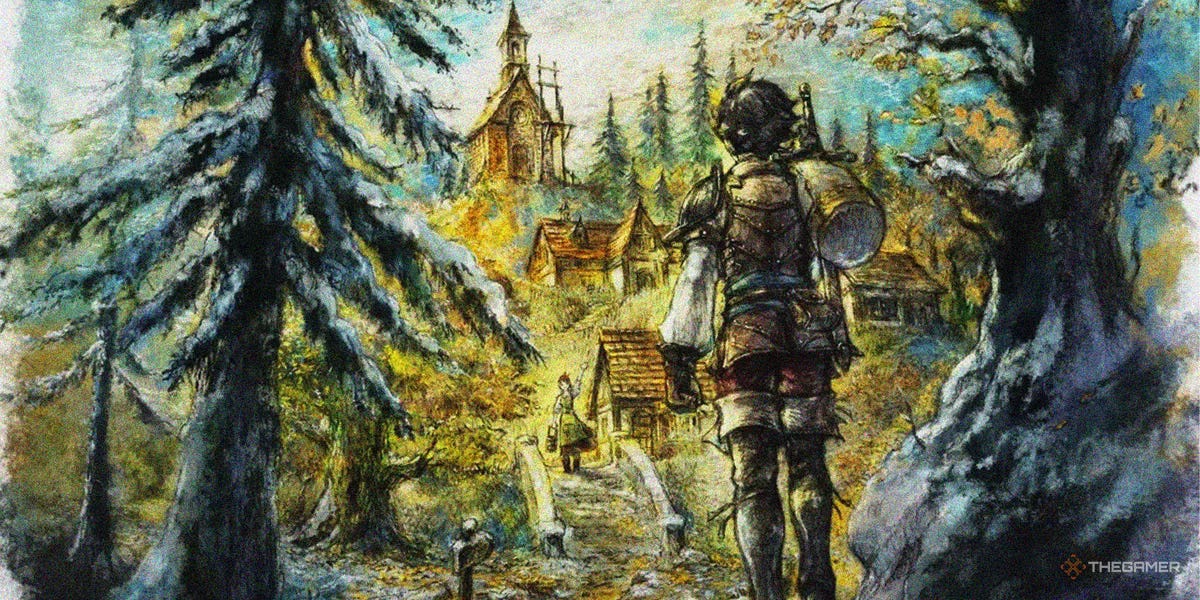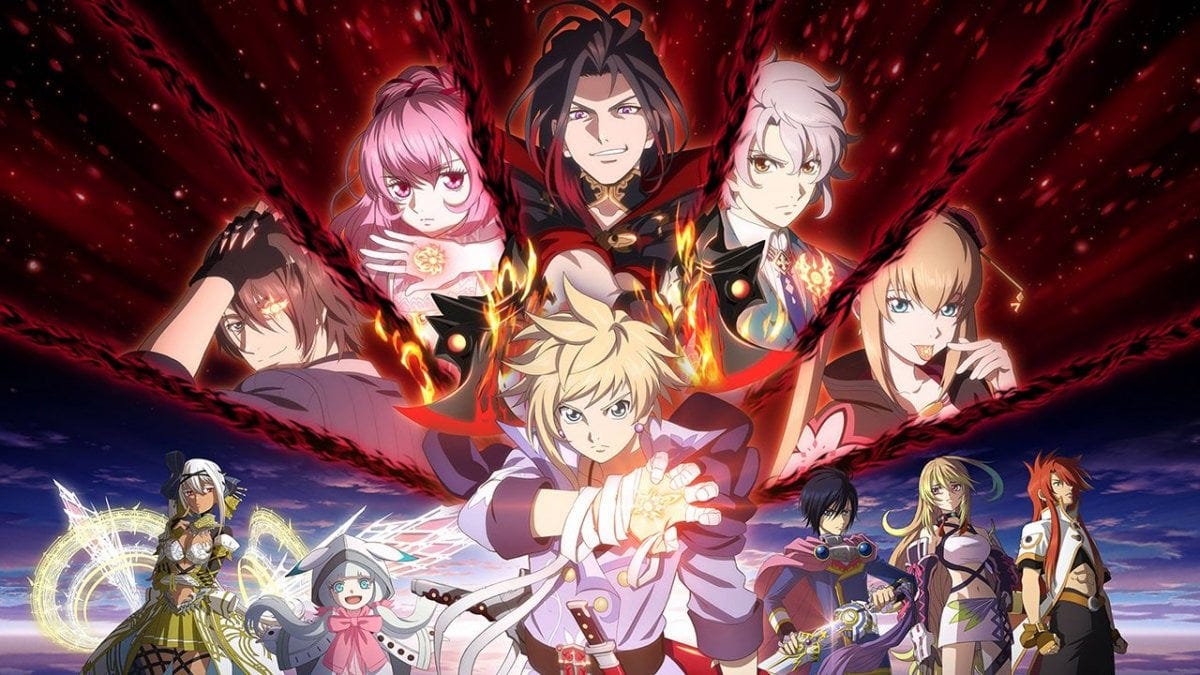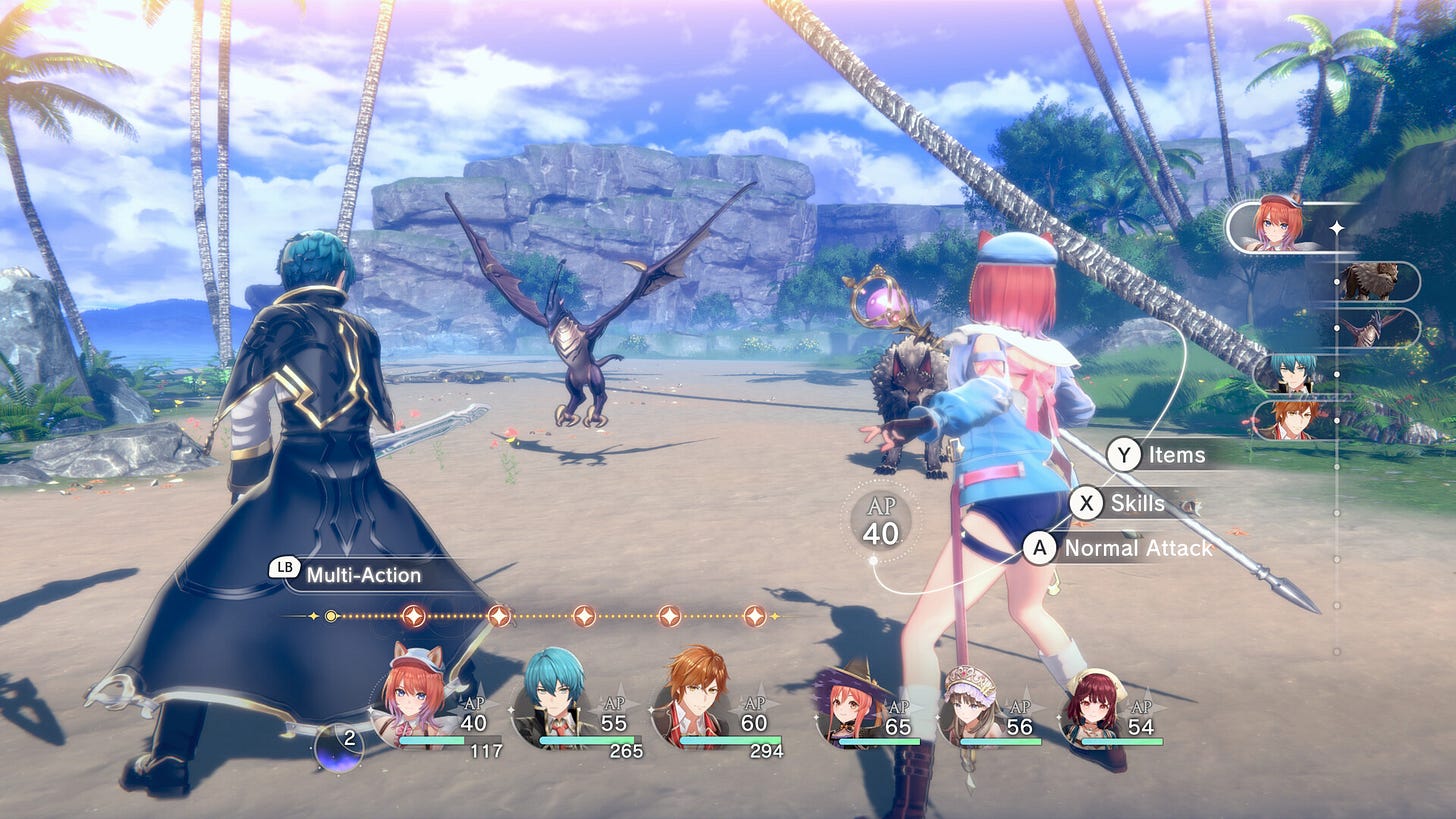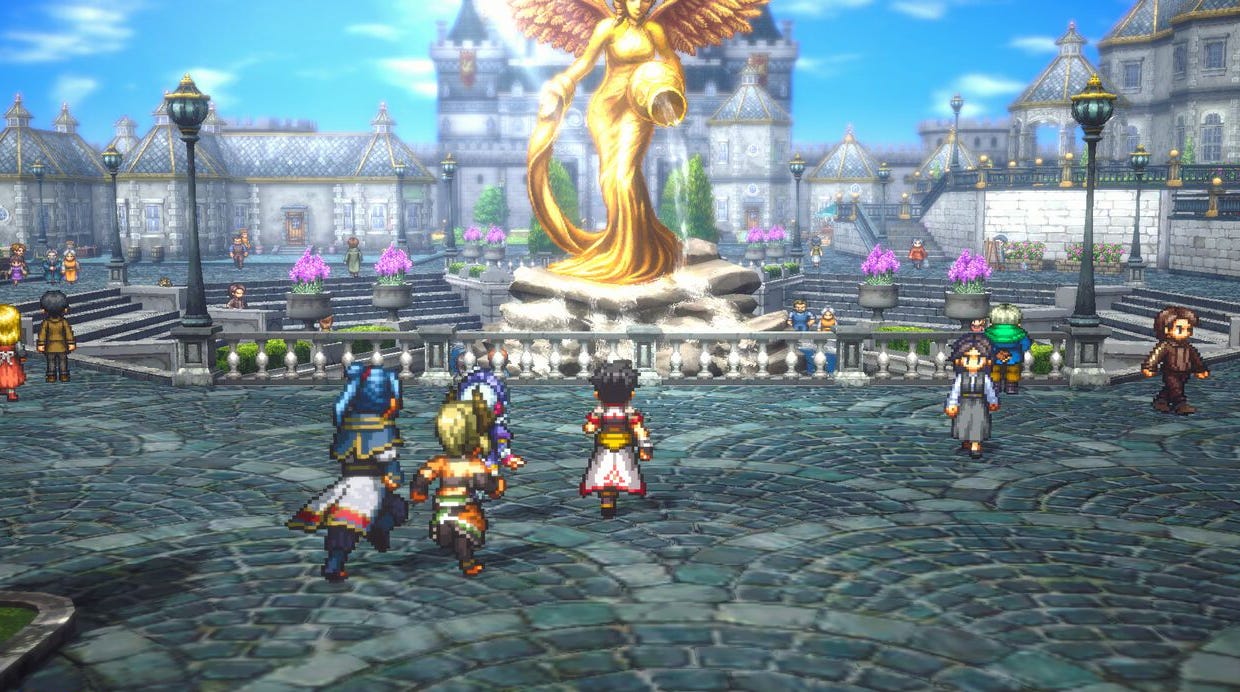Software preservation is a key concern for anyone invested in videogame history, even more so for the RPG family and its countless subgenres, which, being mostly comprised of single player adventures, are perceived as some of the best examples of timeless experiences that players can enjoy decades after their release.
Then again, while preserving a title’s code, graphical assets and soundtrack is a valid concern, purely archival-focused efforts aren’t necessarily able to actually preserve a game’s ludic experience, especially in contexts like smartphone-focused gacha RPGs and Massive Multiplayer Online RPGs, where server-side validation is a key requirement, the game’s contents are intrinsically dynamic and keeping a game functional when its publisher decides to end its service is often a daunting, if not outright impossible, task.
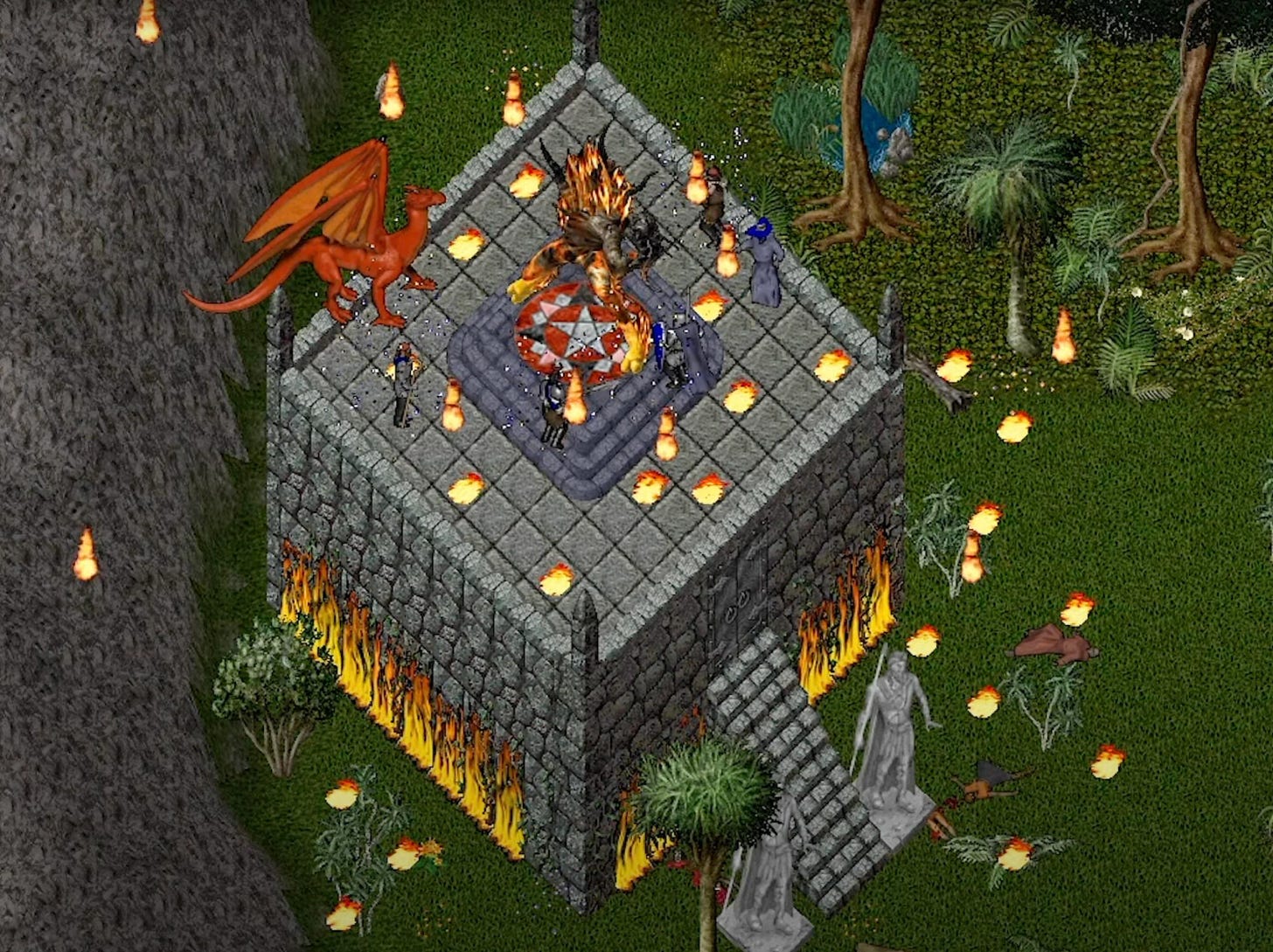
In the MMORPG space, tech-savvy fans have worked their magic since decades ago, with unofficial servers simulating the original experience or repurposing it with a number of unique twists, often when the games itself are still active, which obviously poses a number of issues and goes beyond the scope of preservation efforts, albeit sometimes in the grey area of preserving a certain state of the game once its official version has grown into something very different (which, as seen with World of Warcraft, can move the publisher itself to service that niche audience).

On the other hand, while even pre-smartphone offline phone JRPGs like the Tales of Mobile line have enjoyed a number of preservation efforts, smartphone gacha RPGs as a whole haven’t enjoyed the same fate, and countless titles released over the past fifteen years, especially in Japan, Korea and China, are now lost to time, with video playthroughs, retrospectives and archived graphical and sound assets as the only ways to glimpse at their contents for interested late-comers.
SAVE THE GAMES, BUT WHICH ONES?
This industry-wide preservation issue, exasperated by the ongoing trend of introducing online requirements and EoS situations in titles with plenty of single-player contents, has been the focus of the 2024 international Stop Killing Games initiative starter by Ross Scott after the outrage about Ubisoft terminating The Crew’s services, with the aim of pushing back against planned obsolescence and maintaining post-End of Service usability for games sold in a traditional pay-to-play format.
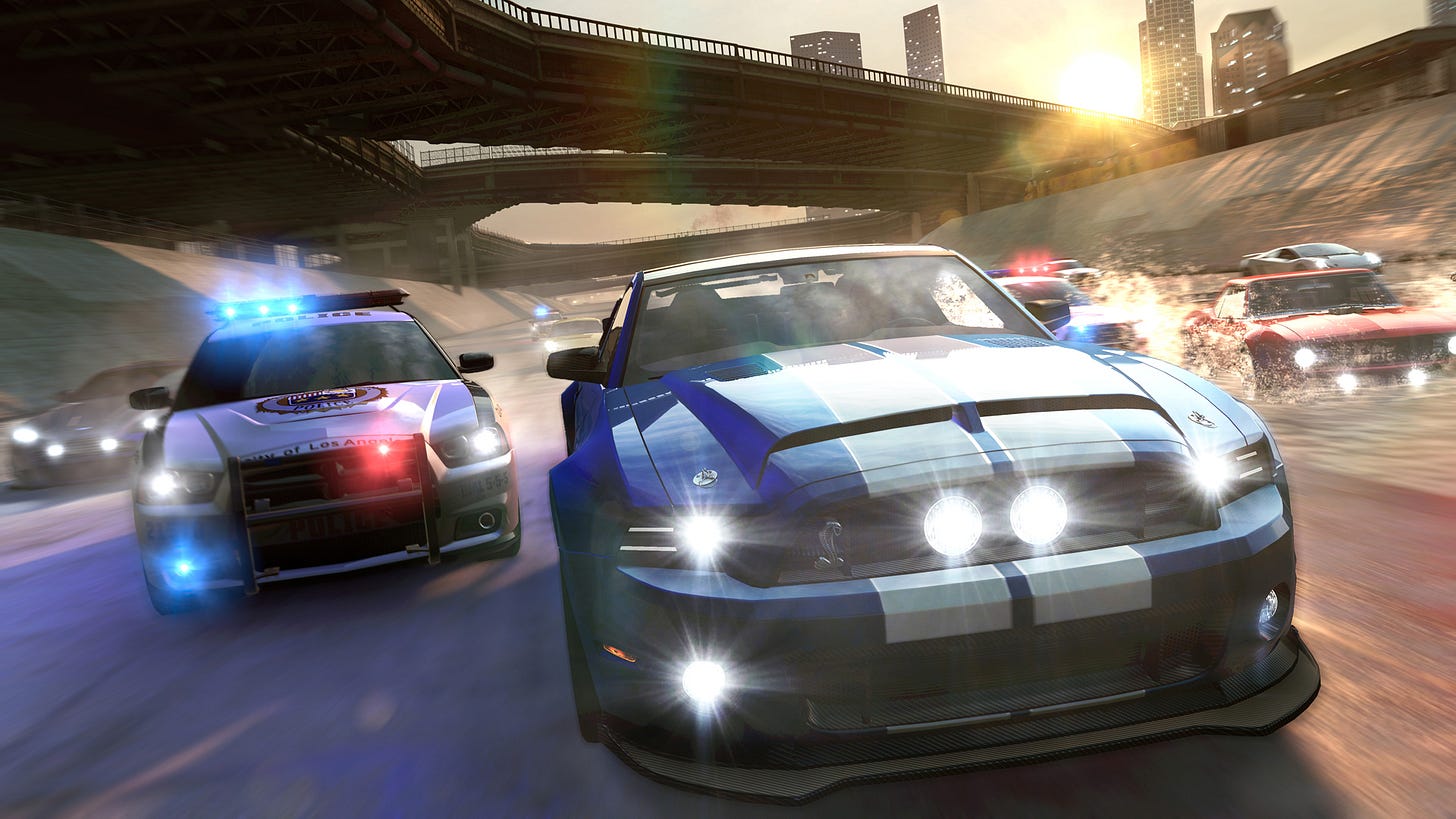
The Save the Games petition spawned by Stop Killing Games, in turn, aimed at promoting this debate in the European Union’s European Parliament, with its own Vice President, Romanian Nicolae Stefanuta, endorsing the petition in the last week before its July 31 deadline.
While the EU Save the Games initiative ended up being a smashing success, reaching some 1,4 million signatures at the end of July, it’s still mostly focused on preventing publishers from ending the services of pay-to-play games and, even among the petition’s supporters, there has been a lot more nuance regarding the legitimacy of EoSs for monetized free to play games or those based on subscription models, like MMORPGs.
The difference between those three contexts is surely very much relevant on a legal and commercial level but, for those looking at videogames like proper cultural artifacts and interested in preservation itself, the real issue isn’t debating when a publisher can legitimately make its own titles unusable, but rather how they can be saved, and when it’s actually possible to do so in a meaningful way.

LOGISTICAL HURDLES
Even if Save the Games-style initiatives managed to take hold among lawmakers in a variety of States (a similar petition has been made for the UK Parliament, while a number of claims with local Customer Protection agencies have been filed in Germany, France and Australia) and ended up covering all videogames regardless of the way they’re sold and their EULAs (whose validity is heavily dependent on local laws to begin with), which unfortunately is dubious at best, preserving gacha RPGs would still prove a number of very real logistical issues, well beyond the establishment of unofficial servers (or the codebase change to remove a server-side validation to begin with), like with timed events, banners and items, temporary crossover collaborations and multiplayer-focused contents like guilds or PVP modes as some of the most obvious problems, not to mention in-game resources still being conveyed according to a gacha model.
Ultimately, from a videogame history perspective, even while restraining from any judgment of value about their business model and its undeniable impact on their narrative and game design, it’s possible most gacha RPGs could never be preserved in the sense of making their original experience fully accessible to future players, simply because the evolution of each game’s contents, meta and balancing, not to mention its multiplayer elements, makes it a constantly shifting, ephemeral opus and, even if we were able to somehow crystallize its end state, that wouldn’t necessarily reflect said contents as they were experienced by those who enjoyed them when the game was still commercially supported.
PRESERVATION THROUGH ADAPTATION
Then again, while we debate about the limits of preservation for gacha and subscription-based titles and wait for Save the Game to produce some results at least in the European Union, something we can’t really take for granted given the industry pushback from the likes of VGE started even before the petition’s deadline, there is another path to gacha RPG preservation that offers a different perspective, shifting the initiative from passionate enthusiasts and lawmakers to the efforts of publishers and developers themselves, which the recent announcement of Square Enix’s Octopath Traveler Zero during August 1’s Nintendo Direct has outlined.
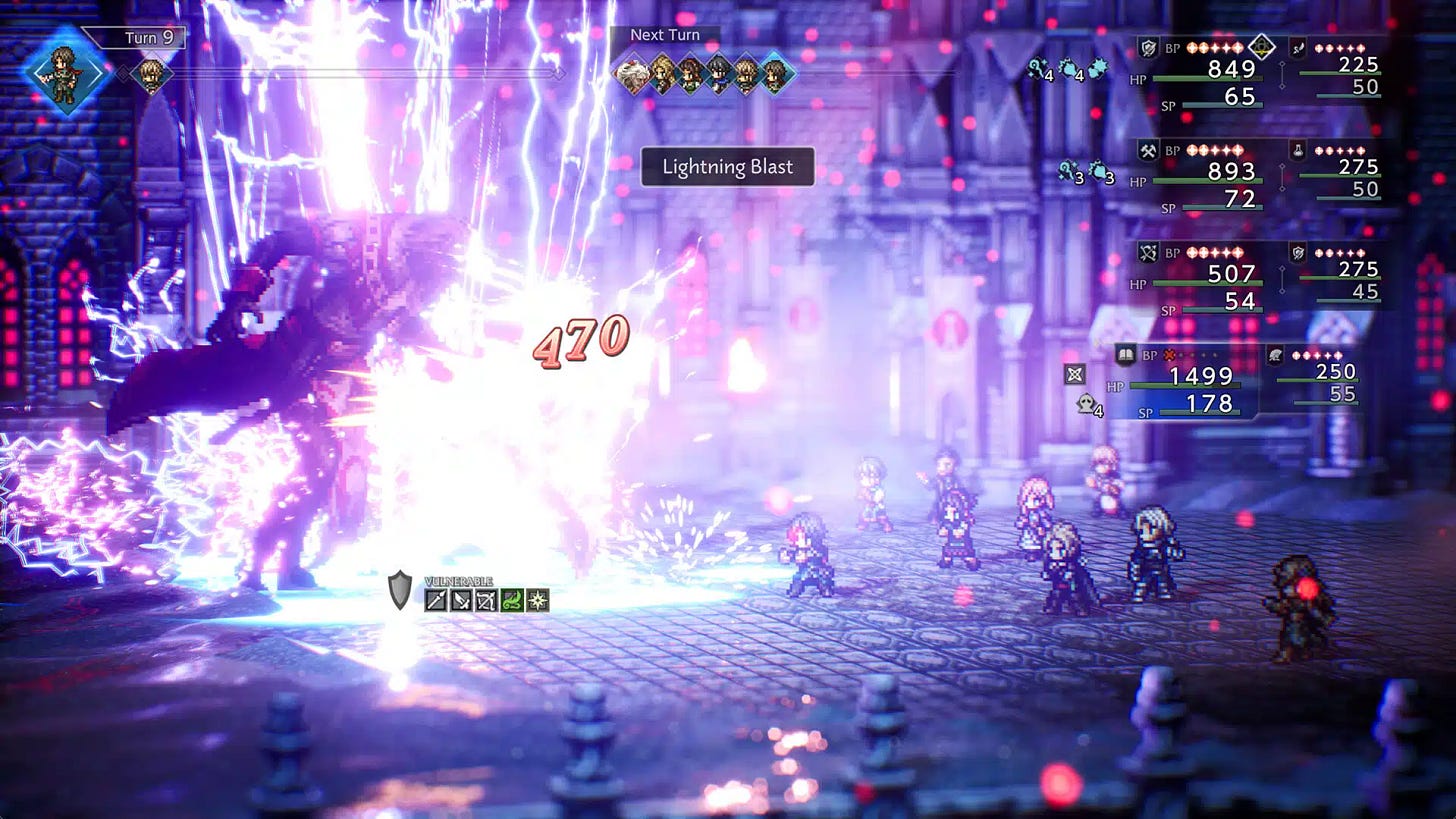
While so far there have been some isolated attempts by publishers to make End of Service-d gacha RPGs still available to their players, like with Sega providing an offline version of the ill-fated Sakura Taisen spinoff Sakura Takumei, Namco reworking Tales of the Rays’ Japanese version so that it can still be enjoyed by those who supported it over the years (which, obviously, is different from allowing newcomers to experience all its contents for free) or with Chinese team MICA making the single player contents of Girls’ Frontline available offline, just to name a few, Octopath Traveler Zero provides a different perspective on preservation by reframing the gacha game which inspired it, Octopath Traveler spin-off Champions of the Continent, into a purely single player reimagining, bringing about a new JRPG while still preserving the original’s systems, storylines and graphical assets, albeit with a huge amount of new features and contents.
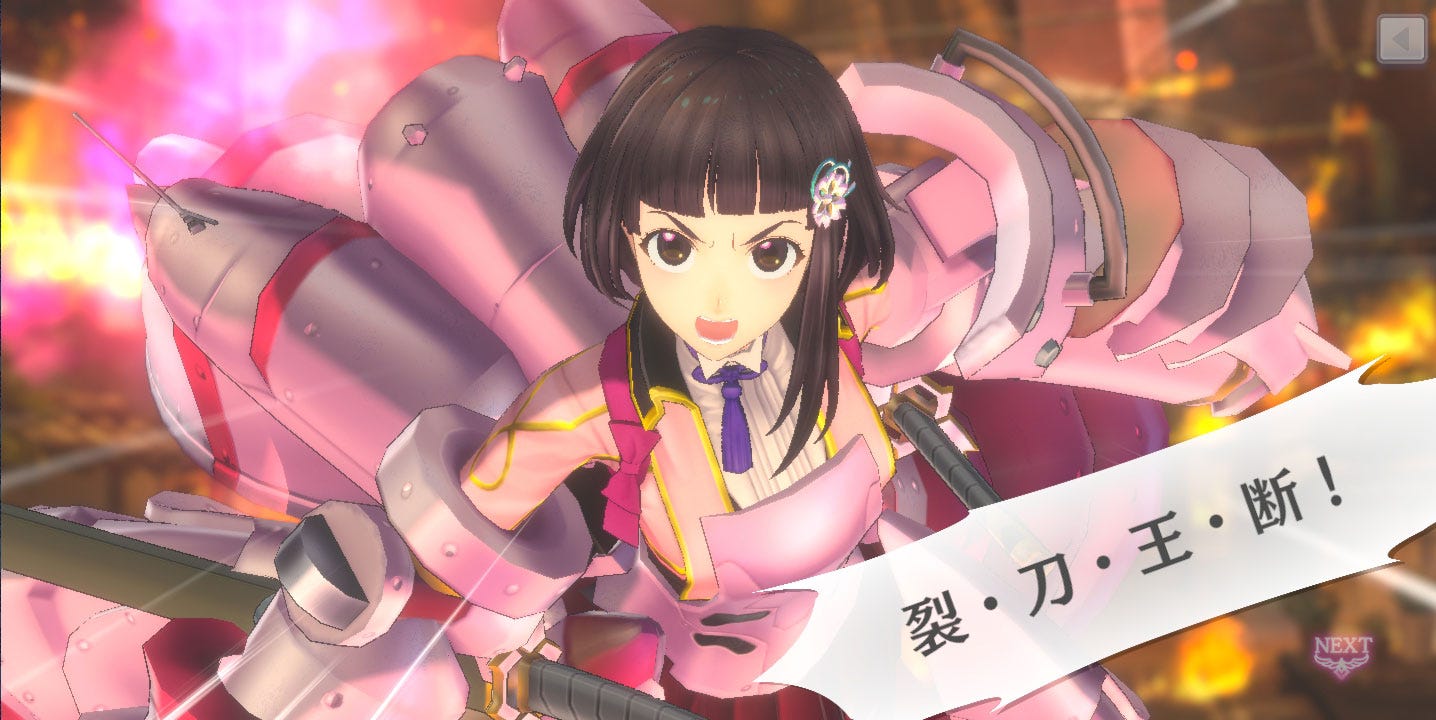
If the initial announcement still left series fans with a number of doubts, Octopath Traveler Zero director Hirohito Suzuki’s video message later on clarified how Zero is indeed meant as a reinterpretation of Champions of the Continent’s storyline and mechanics, like eight-character parties organized in two rows, city building or a single protagonist able to recruit a host of allies, in lieu of OT1 and OT2’s eight co-protagonists, with a host of novelties like character creation, a new backstory linking the original’s scenarios and, of course, the elimination of gacha features.
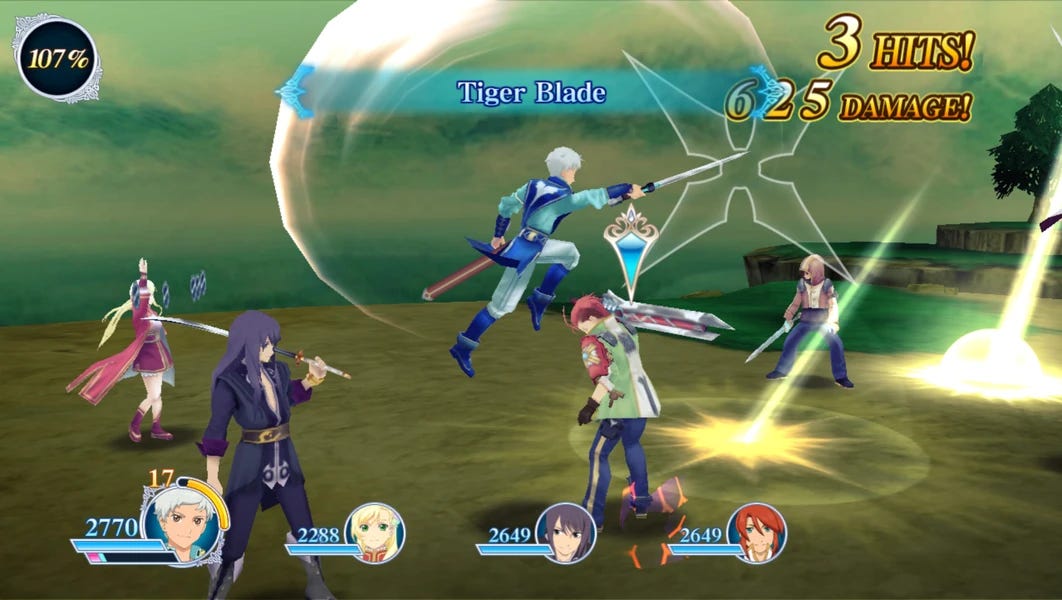
CHAMPIONS OF GACHAS
While this is obviously very different from preserving Champions of the Continent itself, something that should still be attempted simply for the sake of RPG history, it’s also much more likely to let people actually enjoy a complete, more coherent title whose core narrative and mechanical traits are in line with the experience CotC provided, an experience which, this time, can in turn be preserved much more easily compared to its gacha original. It’s also a marked improvement over what Square Enix accomplished with Kingdom Hearts X, a browser spin-off turned into a mobile one that was adapted on consoles in the Kingdom Hearts 2.8 collection as a series of cutscenes, rather than a proper game.
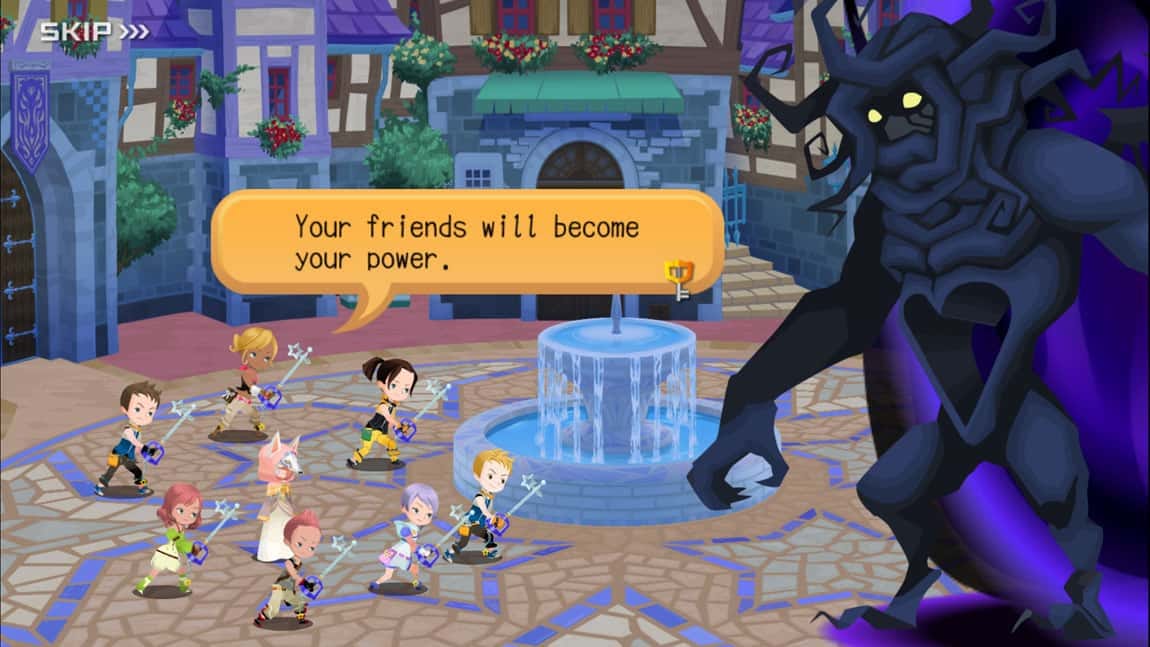
Compared with Save the Game-style activism, which I fully endorse on a conceptual level, this also provides an actual incentive for publishers to comply by allowing them to repurpose the assets they created for a now-closed gacha game into a different title, providing a new revenue stream by opening it up to a different audience that’s often wary of gacha titles, or even loathes them, as it’s frequently the case for single player RPG fans, due to the predatory nature of that business model and its consequences on story progression and combat and customization systems.
Of course, this discussion ultimately can’t escape the reality about the actual narrative and gameplay quality of gacha games, many of which would end up being forgotten even if they were perfectly preserved simply because they had little to offer to begin with. Then again, even those who want nothing to do with gachas have often had cause to lament an interesting concept being wasted in that space while it could have provided an awesome hook for a single player experience, even more so when we are talking about a spin-off of a storied franchise.
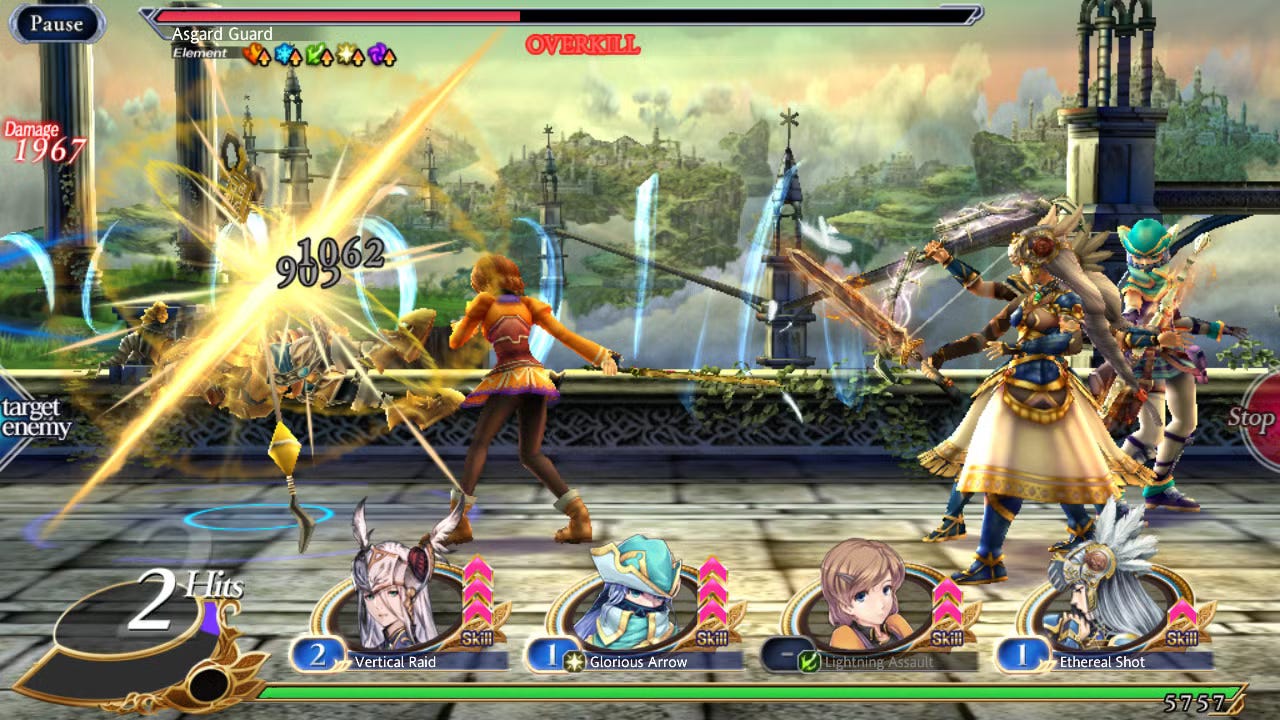
Just to make a few examples, Tales of Crestoria presented one of the boldest settings and narratives seen in Namco’s Tales series and one of the most accomplished attempt at mixing an original story with franchise-wide crossover contents, often leading fans to wonder why it couldn’t have had a proper budget behind it, while Valkyrie Profile Anatomia’s layered prequel narrative offered an experience much nearer to the demands of series fans than anything Square Enix had released on consoles since Valkyrie Profile 2, be it the extremely interesting but also very different Nintendo Ds tactical JRPG Covenant of the Plume or hack & slash Valkyrie Elysium.
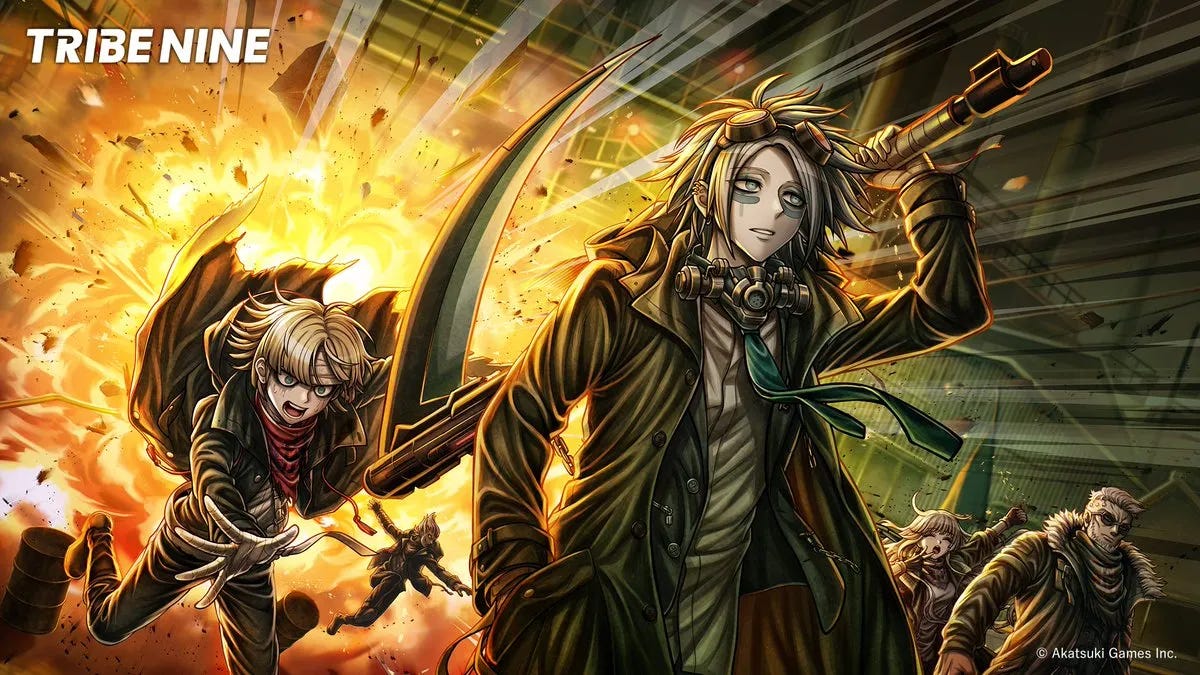
The same could be said for Akatsuki’s recent action-JRPG Tribe 9, featuring an interesting story penned by Danganronpa’s Kodaka which unfortunately seem unlikely to get completed, at least in videogame form, due to its early end of service announcement, or Yoko Taro’s unique SinOfAlice and Nier Reincarnation, and this isn’t even considering unlocalized gachas like Aquaplus’ Utawarerumono Lost Flag, not to mention those games who kept going in Japan while being EoSd by their Western publishers, like Romancing SaGa Re: Universe.

In fact, repurposing those titles to single player JRPG could also help us fixing an issue far too many of them ended up sharing, namely interesting stories that were abruply interrupted without any decent closure, aside from some clumsy attempts at continuing them in other media, like with Tales of Crestoria’s manga or Tales of Luminaria’s OAV.
Of course, aside from the quality of their stories and systems, there’s a huge difference in the potential for single-player retooling between gacha RPGs that already built the kind of assets needed for a more traditional experiences and those that will need extensive work to make sense in that context. It’s no wonder, then, that Octopath Traveler Champions of the Continent was well-positioned for such an effort, not just because of the quality of its scenarios and systems, but also because it featured a fully explorable world instead of, say, menu-based explorations.
Then again, there are other ways to retool gachas into console titles.
RESLERIANA, OR ADAPTATION WITHOUT PRESERVATION
For instance, Atelier and Ar tonelico developer Gust had preceded Square Enix in retooling its gacha spin off, Atelier Resleriana, into a full-fledged console JRPG, a really smart move on their part since they positioned it to serve the turn based-oriented part of the fanbase which has been asking for a more traditional entry since Atelier Sophie 2 due to the switch to an ATB combat system seen in the Ryza trilogy and in Atelier Yumia.
Then again, compared with Octopath Zero, the way they acted is actually very different in terms of preservation, since the console version of Atelier Resleriana, subtitled as The Red Alchemist and the White Guardian, is actually a completely different game, reusing assets, UI and the overall setting from the short-lived gacha Atelier Resleriana: Forgotten Alchemy and the Polar Night Liberator, including a completely different story, new protagonists and a revamped take on alchemy, combat and explorations.
While this is likely good for Gust itself, allowing this Koei subsidiary to recoup from the failure of their gacha effort while throwing a bone to a neglected part of their fanbase, it really does next to nothing in terms of preserving the original and, depending on how far they are connected, it could actually end up making people retroactively curious about a game they can’t experience anymore.
A STAR LEAP TO A F2P EDEN
There is also a third situation, though, which, despite its apparent simplicity, has its own set of issues. Over the fifteen years or so since gacha RPGs have become popular, there have been a few titles which, despite being built around a gacha business model, have been also released on PC while being positioned as consumer-friendly free to play experiences, with Another Eden (penned by Masato Kato, better known for his scenario writing work for Chrono Trigger and Chrono Cross) being the main example.
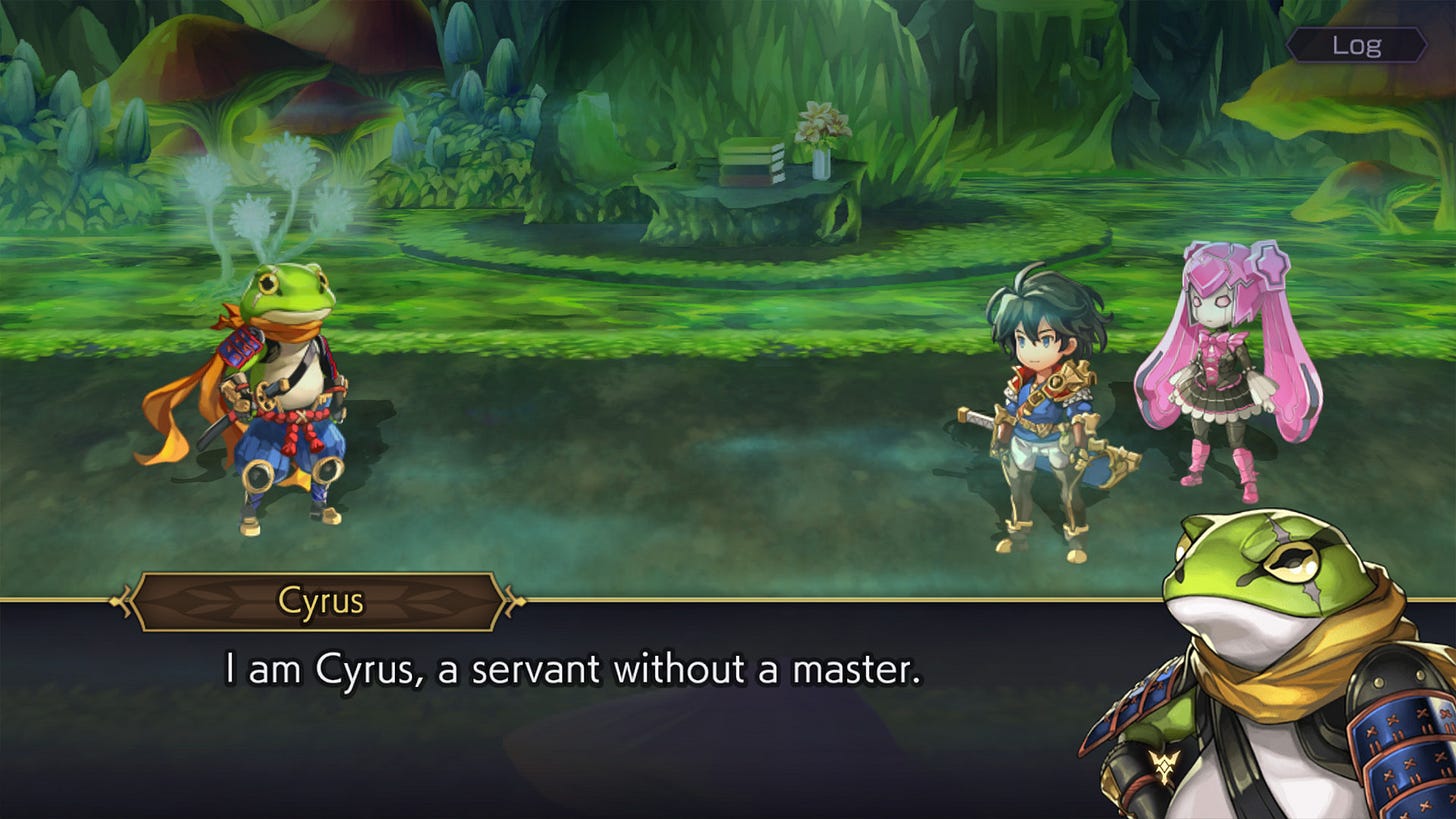
This model seems to have also been adopted by Konami for the upcoming Suikoden Star Leap, a prequel set in the Scarlet Moon Empire a few years before Suikoden I, which is going to be on Steam at release and whose story and 108 stars (the series’ trademark set of recruitable characters) are set to be gacha-less. Much like Octopath Traveler Champions of the Continent, Star Leap looks like a traditional effort despite being built as a gacha, with a vast explorable world which include a vast number of incredibly nostalgic locations taken from Suikoden itself, like imperial capital Gregminster and cities like Rockland and Lenankamp, all of which have received their own trailers.
While obviously the claims about Star Leap’s single player-friendly nature will have to be verified when the game releases, my own impression is that Star Leap’s director, Yoshiki Takeyama, who is a fellow Suikoden fan himself, seems to have his heart in the right place and is trying to build a traditional JRPG while still having to cope with the guidelines set by his employer.
Then again, much as other free to play efforts like, say, Path to Exile, both Another Eden and Star Leap still are online-only games despite their strong single player focus, meaning their consumer-friendly nature could end up not helping at all purely in terms of preservation even if, at least, one can say they are better positioned to be retooled into single player products once they go EoS, with Another Eden now approaching a decade of service and having built a huge quantity of single-player contents.
If more publishers ended up being intrigued by this template, we could see gachas being developed in order to slowly build up assets and contents during their F2P period in a way that’s more compatible with traditional RPG experiences, later using them to develop a single player, offline title once the original version has completed its commercial life cycle. With JRPG fans being usually open to low budget, retro-style experiences, as the 2DHD line itself shows, the limited production values most of those titles could end up achieving wouldn’t be much of an issue, nor would they damage their series more than, say, handheld spin-offs did in decades past.
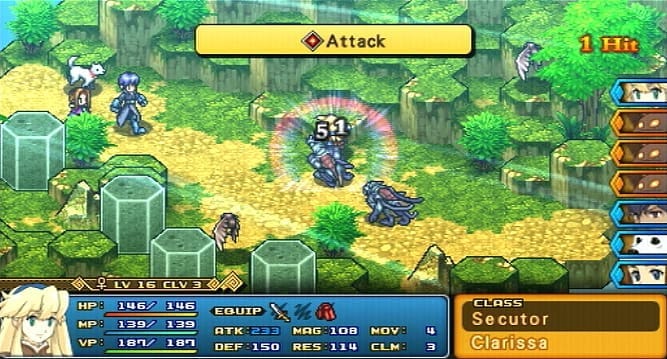
In fact, considering how the handheld spin-off JRPG space has basically disappeared after 3DS and Vita, with Switch and Switch 2 mostly seeing home console JRPGs and even Nintendo’s own titles being developed as hybrids due to Switch’s own nature, this could lead to a resurgence of that kind of titles, which in fact had transitioned to the mobile space in the first place during the last decade.
PRESERVATION AFTER THE ADAPTATION
While this third model so far is purely hypothetical so far, Octopath Traveler Zero and Atelier Resleriana are very real examples of different approaches to the theme of publisher-driven gacha preservation, albeit in a very imperfect way.
If successful, those efforts could slowly change the landscape of this kind of releases, conforming their contents to a more traditional RPG template, opening up new revenue streams for successful gacha RPGs while allowing companies to reuse assets from failed mobile efforts and building a compromise of sorts between different audiences and commercial trends.
Then again, there’s no denying that, from a videogame history and authorial standpoint, those adaptation efforts will end up being their own thing, and that proper preservation of the original gacha games will have to tackle things differently, while still facing all the aforementioned issues.


